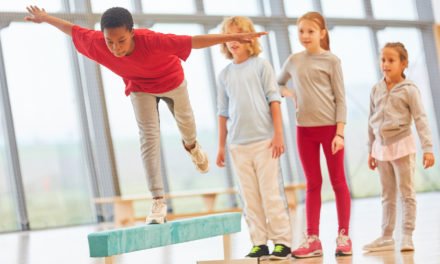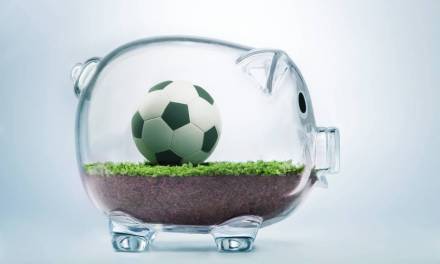Sports are by nature competitive and there will be a time where you have to turn from training and non-competitive activities to competition.
There are a few important things that you have to remember when putting your students into competitive situations.
Remove Yourself
Although your students are being competitive and you may feel the urge to take sides or even get involved, you cannot until you know that they can handle the situation.
If you, as activity leader, get involved in any way, you may become blind to some of what the students are doing. This is especially important when getting your students to get involved in team events. For example, if you start playing for one of your students’ football teams in a lesson for a bit of fun, you may not see the severity of some tackles.
This could not just be the cause of some physical injuries, but could cause mental damage to your students. They could lose their confidence in the sport, but also in you. If you allow them to be harmed, or even be put in the way of harm they will not trust you and will not follow you into any other activity again.
Match Up
With your students, you should match up the teams, or competitors, into their own ability groups. This works better when in teams. For example, each football team should have an equal number of players with a greater ability. This way they do not get bored winning easily against the opposition, and those of a lower ability can gain confidence in their ability if their team wins.
However, if you are organising an individual sport, for example javelin throw, you may want to pit students against another with a similar ability to them. Like mentioned above, this way you will not bore the higher achievers and not alienate the lower ability students.
Do Your Research
You want to use the training sessions before the competition to not only improve the student’s abilities and confidence, but also for yourself. Use this opportunity to assess the abilities of your students. This will help you to pair up students to compete against each other and pick evenly matched teams for team sports.
You also need to make sure that you know every aspect of the sport that you are making your students partake in. If you don’t know the rules inside out and the students could lose their confidence in you. They will not want to follow you into other sports if you do not know what you are doing in one of them.
If you follow the three steps above, you will be able to seamlessly turn your students from partaking in sports for fun, into competitive athletes that enjoy competing against your other students, and then hopefully play against other institutions or continue playing out of school hours. After all, your ultimate goal is to encourage your students to partake in sports outside of your jurisdiction.










